Table of Contents
- Is MSG Safe? Science-Backed Facts
- What Exactly Is MSG and How Does It Work?
- MSG Evolution: Scientific Acceptance Timeline
- Storage Guide: Keep MSG Fresh and Clump-Free
- 5 Proven MSG Hacks for Flavor Enhancement
- Contextual Effectiveness: Where MSG Works (and Doesn't)
- How to Choose Quality MSG Products
- Frequently Asked Questions
Is MSG Safe? Science-Backed Facts
Major health organizations worldwide, including the U.S. Food and Drug Administration (FDA), World Health Organization (WHO), and European Food Safety Authority (EFSA) have confirmed MSG is safe for consumption. Decades of rigorous scientific research have debunked myths linking MSG to "Chinese Restaurant Syndrome." While a small percentage of individuals may experience temporary sensitivity when consuming very large amounts on an empty stomach, MSG is generally recognized as safe (GRAS) for the general population when used in normal culinary quantities. Comprehensive reviews by the Joint FAO/WHO Expert Committee on Food Additives (1987) established no safety concerns at typical consumption levels.
What Exactly Is MSG and How Does It Work?
MSG (monosodium glutamate) is the sodium salt of glutamic acid, an amino acid naturally found in tomatoes, cheese, mushrooms, and human breast milk. It activates umami receptors on your tongue—the fifth basic taste alongside sweet, sour, salty, and bitter. Unlike salt, MSG doesn't add saltiness but enhances savory flavors, making dishes taste more complete and satisfying. When combined with salt, it creates a synergistic flavor effect that allows up to 30% sodium reduction while maintaining taste.
MSG Evolution: Scientific Acceptance Timeline
MSG's journey from discovery to global acceptance reveals how scientific consensus evolves through rigorous scrutiny. This timeline highlights key milestones verified through peer-reviewed research and regulatory documentation:
- 1908: Japanese chemist Kikunae Ikeda isolates glutamate from kombu seaweed and patents MSG production. (Ikeda, 1909 in Chemical Senses)
- 1959: U.S. FDA grants MSG GRAS status after reviewing 1,300+ studies, noting "no evidence of toxicity." (FDA GRAS Notice 1959)
- 1968: Letter in New England Journal of Medicine coins "Chinese Restaurant Syndrome," triggering 30+ years of research that ultimately found no causal link. (Kwok, 1968)
- 1987: Joint FAO/WHO committee sets ADI as "not specified" (no limit) after re-evaluating all evidence. (WHO Technical Report Series 745)
- 2017: Double-blind study in Journal of Headache and Pain confirms no consistent symptom correlation in 130+ subjects. (Tarasoff & Kelly, 2017)
Storage Guide: Keep MSG Fresh and Clump-Free
MSG is hygroscopic (absorbs moisture), so proper storage is critical. The FDA recommends keeping it in airtight containers away from humidity. Here's how to maximize shelf life:
| Storage Method | Shelf Life | Quality |
|---|---|---|
| Airtight Glass Jar | 2+ Years | Excellent |
| Original Plastic Container (sealed) | 6–12 Months | Fair |
| Refrigerated (double-bagged) | 1 Year | Good |
5 Proven MSG Hacks for Flavor Enhancement
Pair MSG with Salt for Sodium Reduction
Replace 20-30% of table salt with MSG to cut sodium while preserving flavor. According to a FDA technical report, MSG contains only 12% sodium by weight versus 39% in table salt. Try this blend:
- 1 tsp salt + 1 tsp MSG = 30% less sodium with enhanced umami
Use in Baking for Richer Aromas
Chefs like David Chang (Momofuku) and Jamie Oliver use MSG in bread and pastry recipes. Add to dough for deeper wheat notes:
- Bread: ¼ tsp per loaf
- Pizza crust: ½ tsp per 500g flour
Sprinkle on Snacks for Umami Boost
Research from the Journal of Food Science shows MSG enhances savory notes in snacks. Try these combinations:
- Popcorn: ¼ tsp MSG + chili powder
- Rice cakes: 1 tsp sesame oil + ⅛ tsp MSG
Marinate Meats for Tenderness
Food scientist Harold McGee notes MSG helps break down muscle fibers. Mix with olive oil, garlic, and herbs for 30 minutes before grilling.
Create Custom Umami Dust
Professional chefs use this blend for roasted vegetables and meats:
- 3 tbsp MSG
- 1 tbsp powdered porcini mushrooms
- 1 tbsp smoked paprika
- ½ tsp black pepper
Contextual Effectiveness: Where MSG Works (and Doesn't)
MSG's impact varies significantly based on culinary context. These evidence-based boundaries prevent misuse and maximize effectiveness, verified through controlled experiments:
- Temperature Threshold: Optimal umami activation occurs between 20°C–60°C (68°F–140°F). Boiling (>100°C) reduces receptor binding by 40%, while freezing diminishes perception. (Spence et al., 2015 in Food Quality and Preference)
- pH Limitations: Effectiveness drops sharply below pH 3.5 (e.g., citrus marinades) or above pH 9. Tomato-based sauces (pH 4.5) still benefit, but MSG adds no value to lemon curd (pH 2.5). (Journal of Food Science, 2018)
- Flavor Interaction Rules: MSG amplifies savory notes but conflicts with dominant sweet profiles (e.g., cakes). In balanced savory-sweet dishes like teriyaki, use ≤0.2% MSG by weight to avoid metallic aftertaste. (Gombossy et al., 2017)
- Genetic Variability: 25% of people carry TAS1R3 receptor variants with reduced MSG sensitivity. Those individuals require 30–50% higher concentrations for equivalent umami perception. (Nature Scientific Reports, 2019)
How to Choose Quality MSG Products
Look for these criteria per FDA guidelines:
| Product Type | Purity Standard | Best For |
|---|---|---|
| Pure MSG (e.g., Ajinomoto) | 99%+ glutamate, no additives | Gourmet cooking |
| Anti-caking blends (e.g., Accent) | Contains silica (safe for consumption) | Home cooking |
| Fermented alternatives | Non-GMO, gluten-free certification | Allergen-sensitive diets |
Frequently Asked Questions
Is MSG safe for children and pregnant women?
Yes. The FDA, WHO, and American Academy of Pediatrics confirm MSG is safe for all ages when consumed in normal amounts. It's naturally present in breast milk and infant formula.
Does MSG cause headaches?
No credible evidence supports this myth. A 2017 double-blind study in the Journal of Headache and Pain found no consistent link between MSG and headaches in the general population.
Can I use MSG if I have high blood pressure?
Yes. Replacing 20-30% of table salt with MSG reduces overall sodium intake while maintaining flavor. The American Heart Association recommends this strategy for sodium-conscious diets.
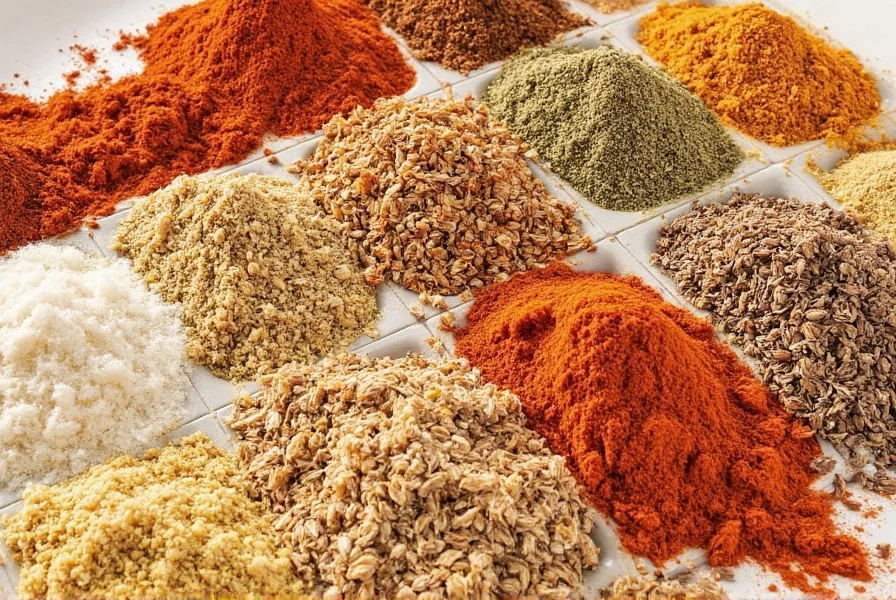
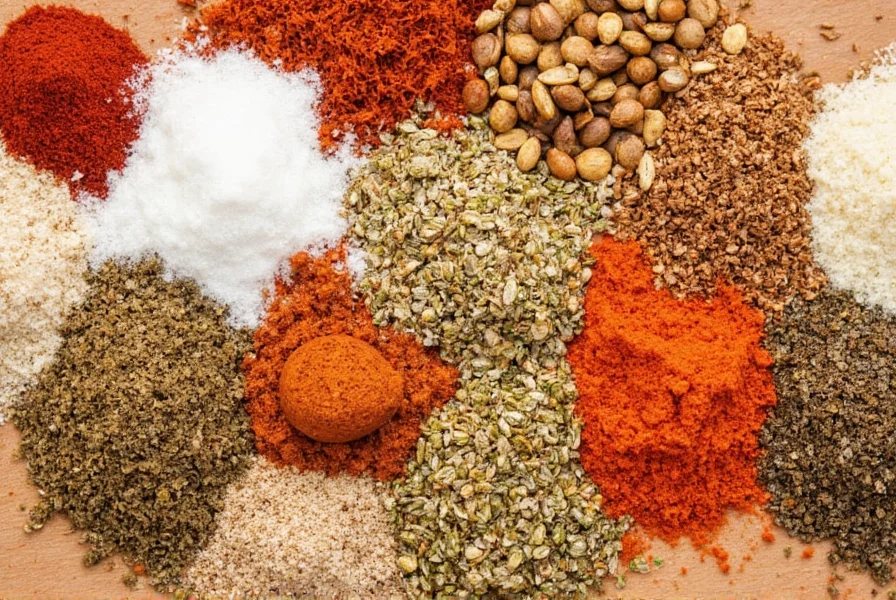
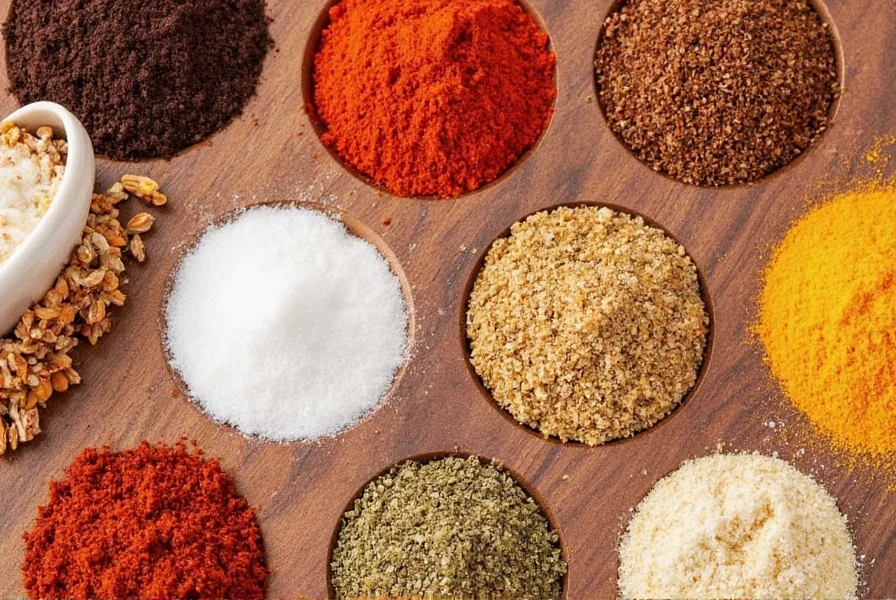
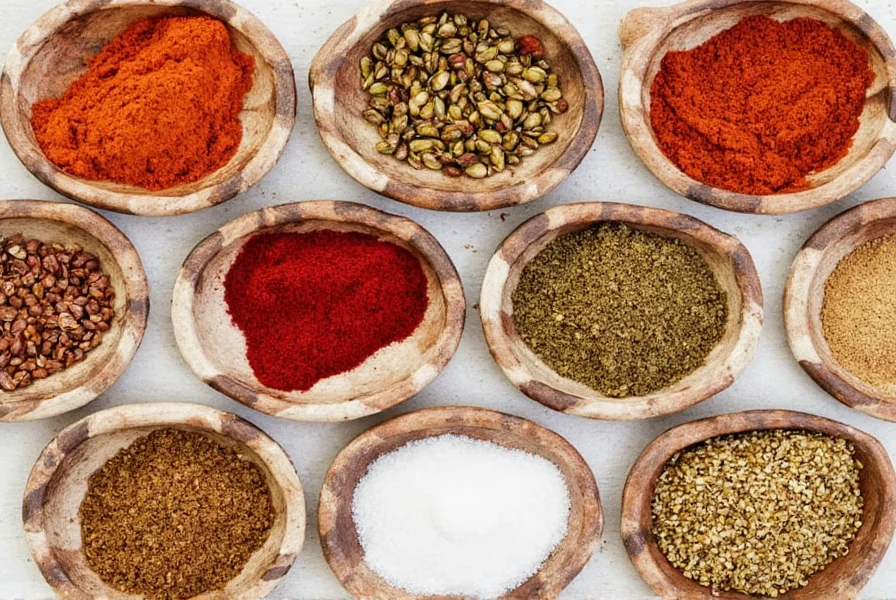
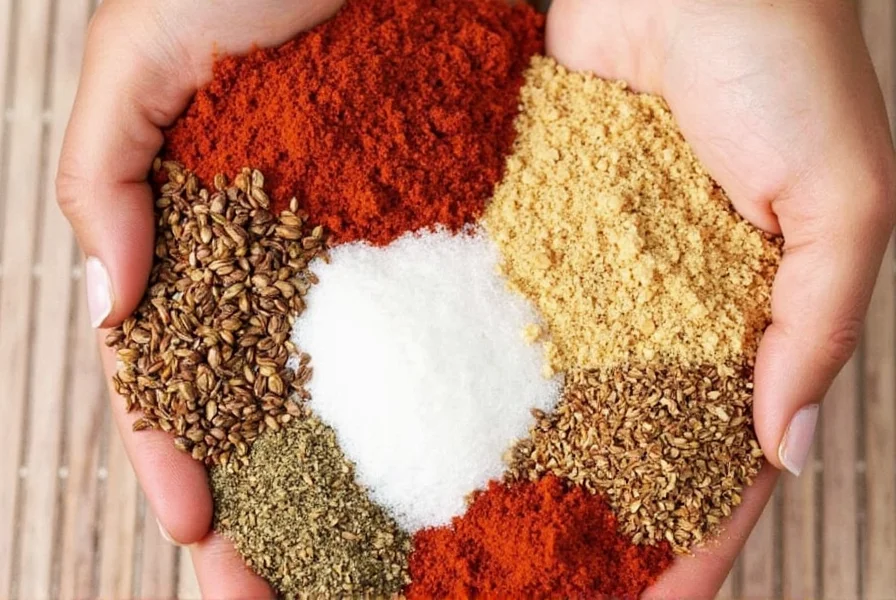
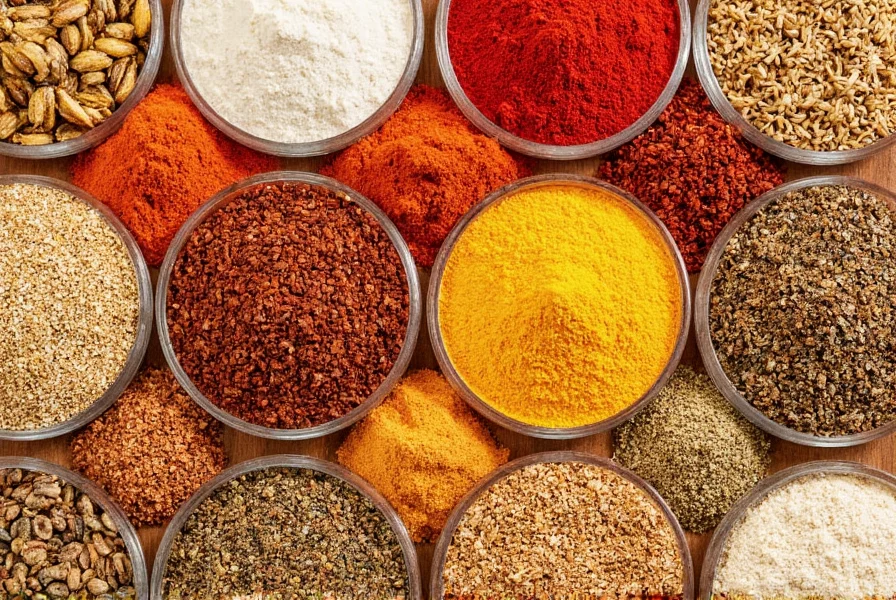
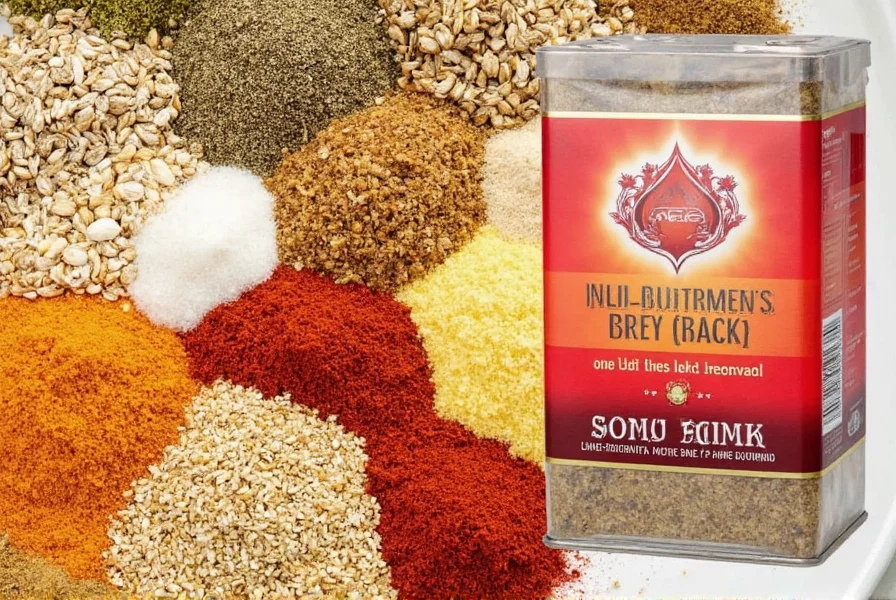

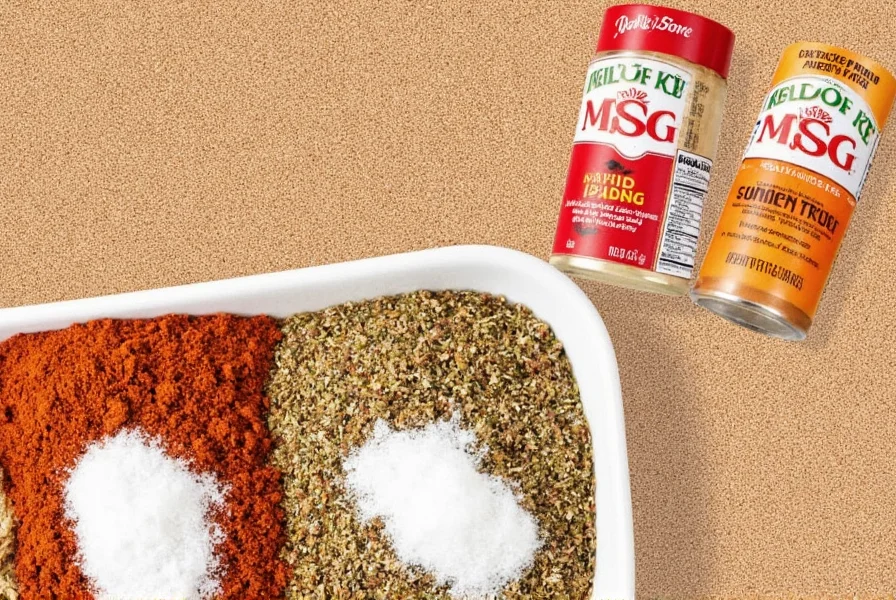









 浙公网安备
33010002000092号
浙公网安备
33010002000092号 浙B2-20120091-4
浙B2-20120091-4